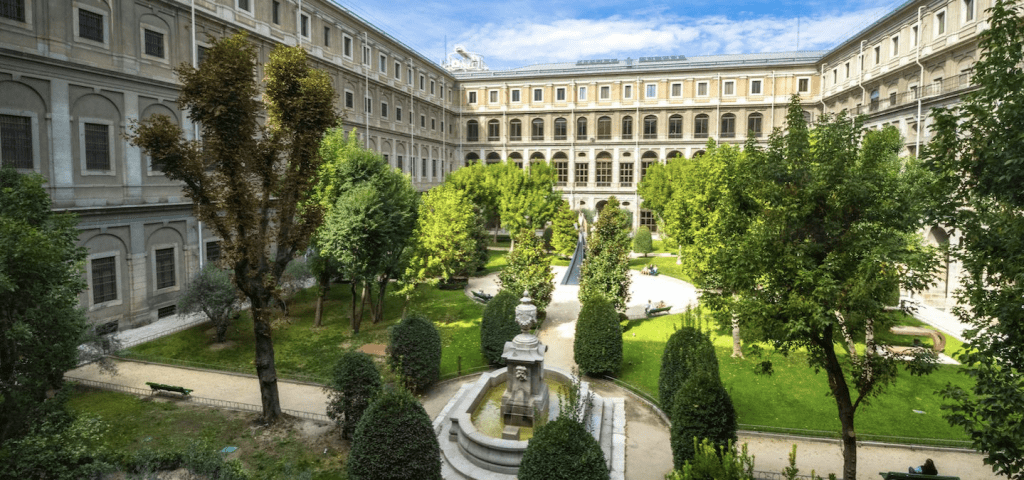
It goes without saying that Pablo Picasso’s Guernica, painted in the early summer of 1937, is a masterpiece. The artist’s unmistakable Cubism Highlighted his style and was praised for its unabashed depiction of the atrocities of war, Guernica is not only Picasso’s greatest work to be seen in Spain, but also in history. It is also the most powerful anti-war painting.
After its creation, Guernica first traveled around the world to raise money for the Spanish Republican cause. Today, the 25-foot-wide masterpiece can be seen at Madrid’s Reina Sofía Museum and remains the museum’s crown jewel. Nothing conveys Guernica more than its private space in one of the best galleries in Madrid, if not Europe’s finest galleries. It is in room 205, right next to Picasso’s Minotauromaquia, painted in 1935.

Source – Museo Reina Sofia in Madrid, home to Guernica and Minotauromaquia
The Minotauromaquia is considered the sister of Guernica, due to the similar iconography of the bull, boy, and woman that portray themes of darkness and hope that would characterize Guernica two years later. Minotauromaquia is also painted in gray tones. It is an excellent work in its own right and was painted in a time of personal rather than political turmoil for the artist.
“A work of art must make people react and it must excite and inspire them,” Picasso famously quoted. It is an art that everyone should experience because it is overwhelming in its scope and is so extensive in its scope.
It is also quite a departure from his previous work. The artist who once joked, “I do not do politics,” previously kept his work away from political motifs. Barcelona’s Picasso Museum, once known primarily for its portraits, is a must-see collection of its vast portfolio, from Sabartes’ Blue Portrait of 1901 to his 1917 Harlequin. Do not miss Russ his Meninas, painted in 1957.




